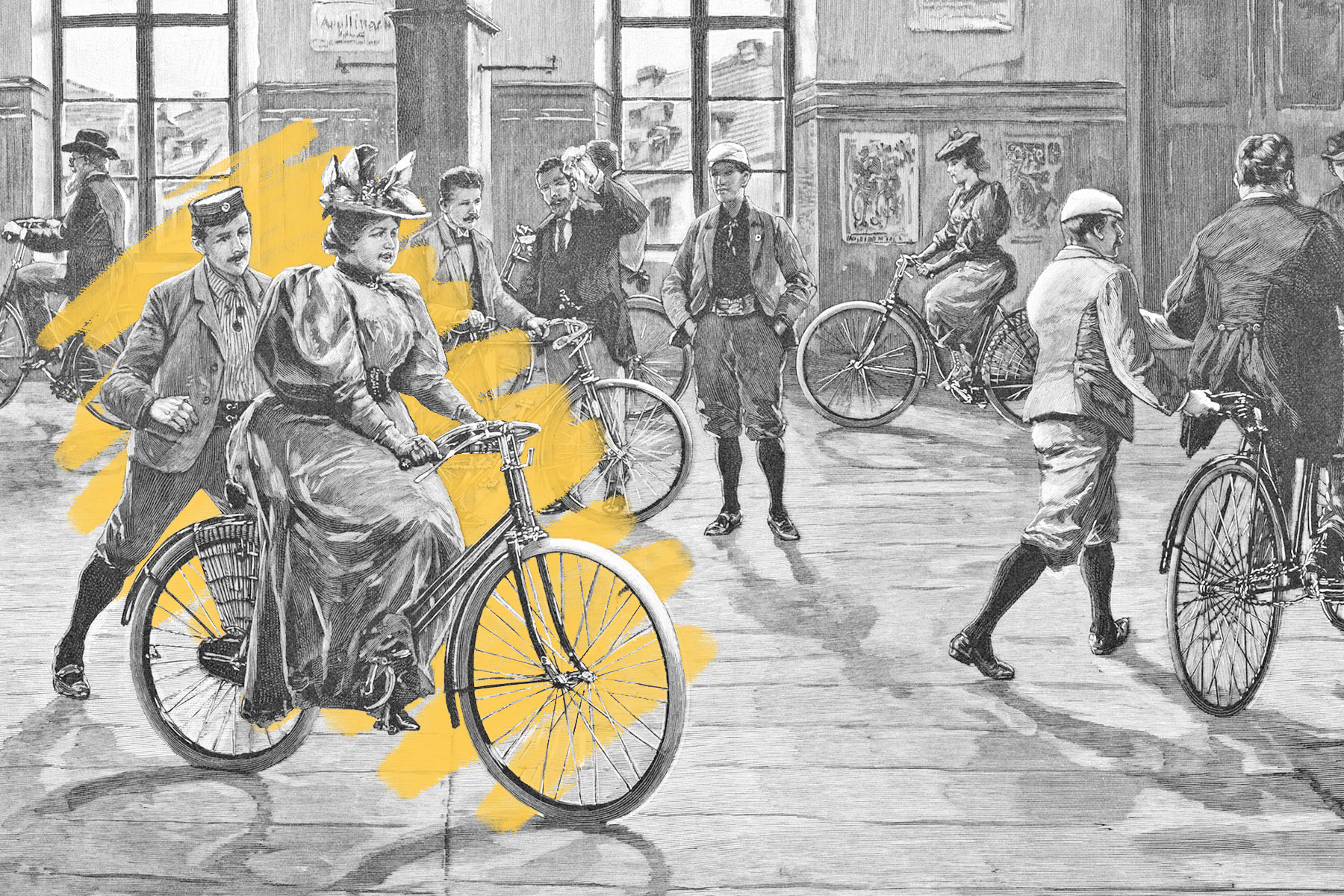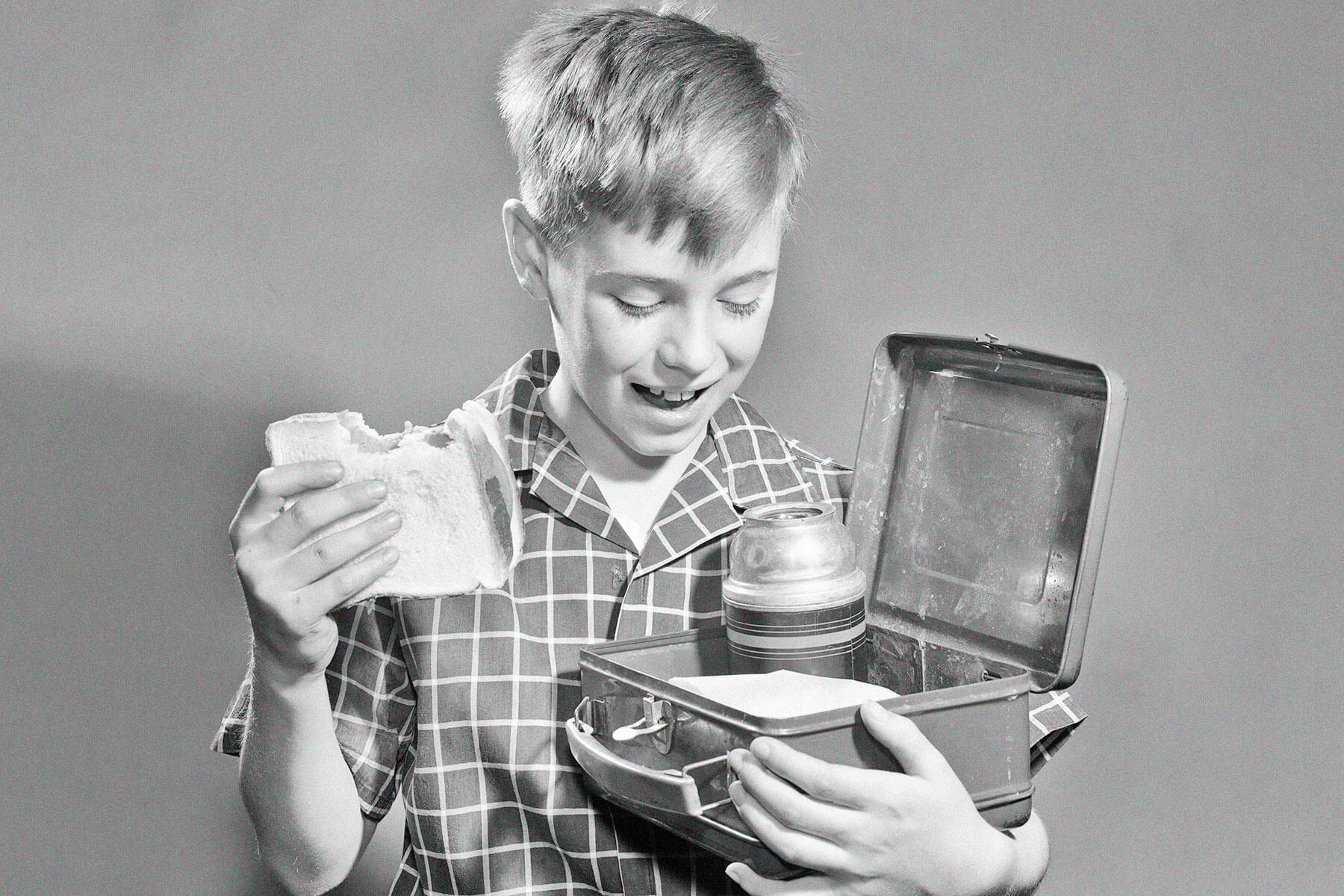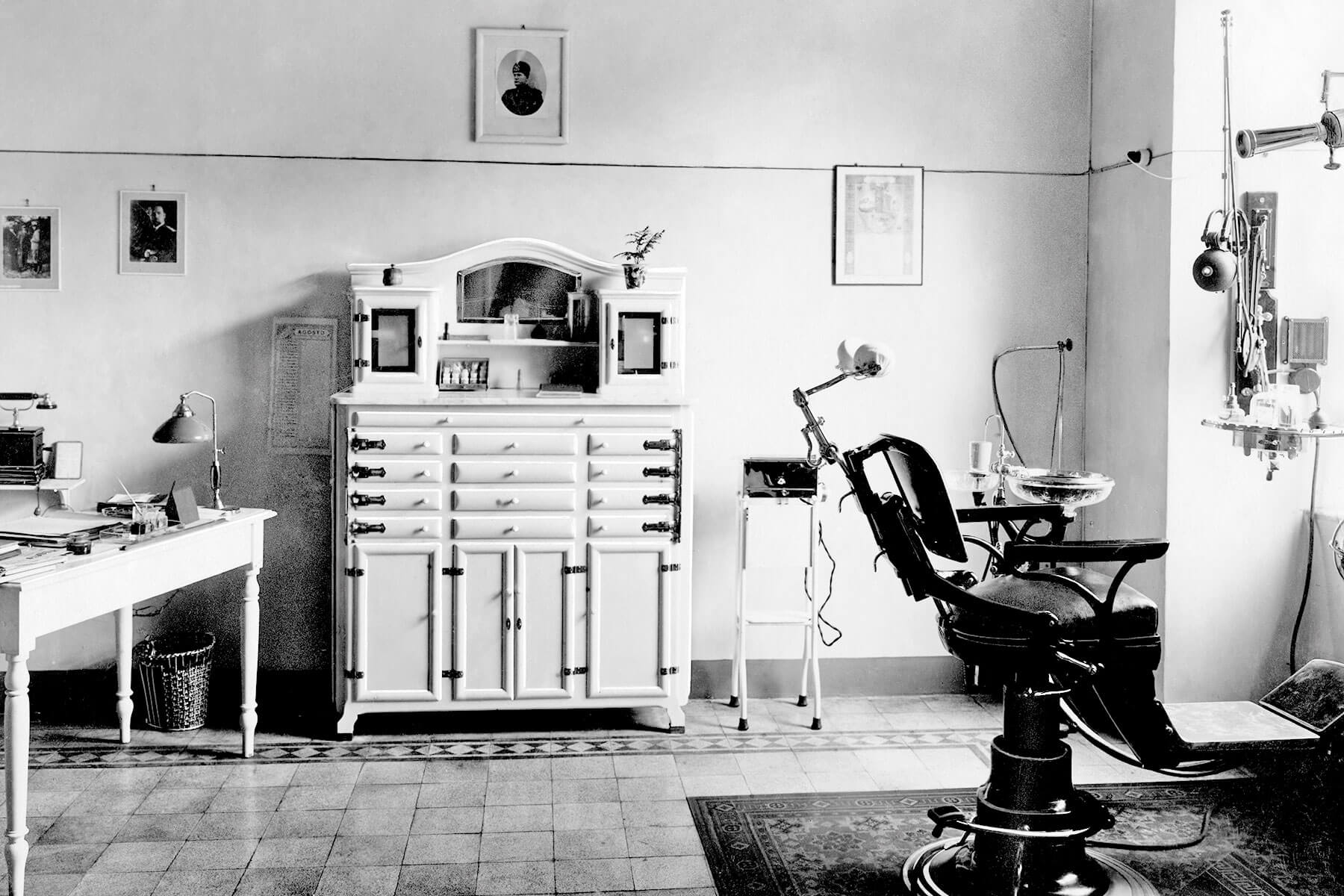 |
Doctors warned women of developing "bicycle face" from cycling in the 19th century. |
Science & Industry |
 |
| |
| Descriptions and alleged causes of bicycle face varied; according to one magazine, a woman suffering from the malady would be "usually flushed, but sometimes pale, often with lips more or less drawn, and the beginning of dark shadows under the eyes, and always with an expression of weariness." One physician said that those suffering from bicycle face have "an anxious look and an unwholesome pallor." Others said that symptoms include a clenched jaw and bulging eyes. Nobody was immune to bicycle face, but women were considered much more susceptible. Theories as to the cause included overexertion from trying to keep the bike balanced, bad posture, or even a more spiritual cause: riding bikes on the Sabbath. Fortunately for cyclists, the crisis subsided in the early 1900s as the bicycle became more commonplace and hand-wringers turned their anxiety toward automobiles — and, naturally, "horseless carriage face." | |
 | |||
| |||
Put Interest on Ice Until Nearly 2026 | |||
| Thank you for supporting our sponsors! They help us keep History Facts free. |
 | |||||||||
By the Numbers | |||||||||
| |||||||||
| |||||||||
 | |||||||||
| |||||||||
Victorian doctors thought trains could damage the uterus. | |||||||||
| Many doctors in Victorian-era England believed women had fragile constitutions, resulting in observations that seem silly today, including bicycle face. Trains were also cause for concern — steam-powered engines could travel up to 80 miles per hour by 1860, and some medical professionals believed that women's bodies were simply not designed to go that fast. In 1862, one doctor speculated in the medical journal The Lancet that train travel could cause miscarriages; another wrote in the New England Medical Gazette in 1870 that if a woman began a rail journey the day before her period, it could cause menstrual irregularities that could damage or even displace the uterus. | |||||||||
 | |||
Recommended Reading | |||
 | |||
| | |||
 | |||
| | |||
| + Load more | |||
| |||
| |||||||||
| Copyright © 2024 History Facts. All rights reserved. | |||||||||
| 700 N Colorado Blvd, #513, Denver, CO 80206 | |||||||||





No comments:
Post a Comment